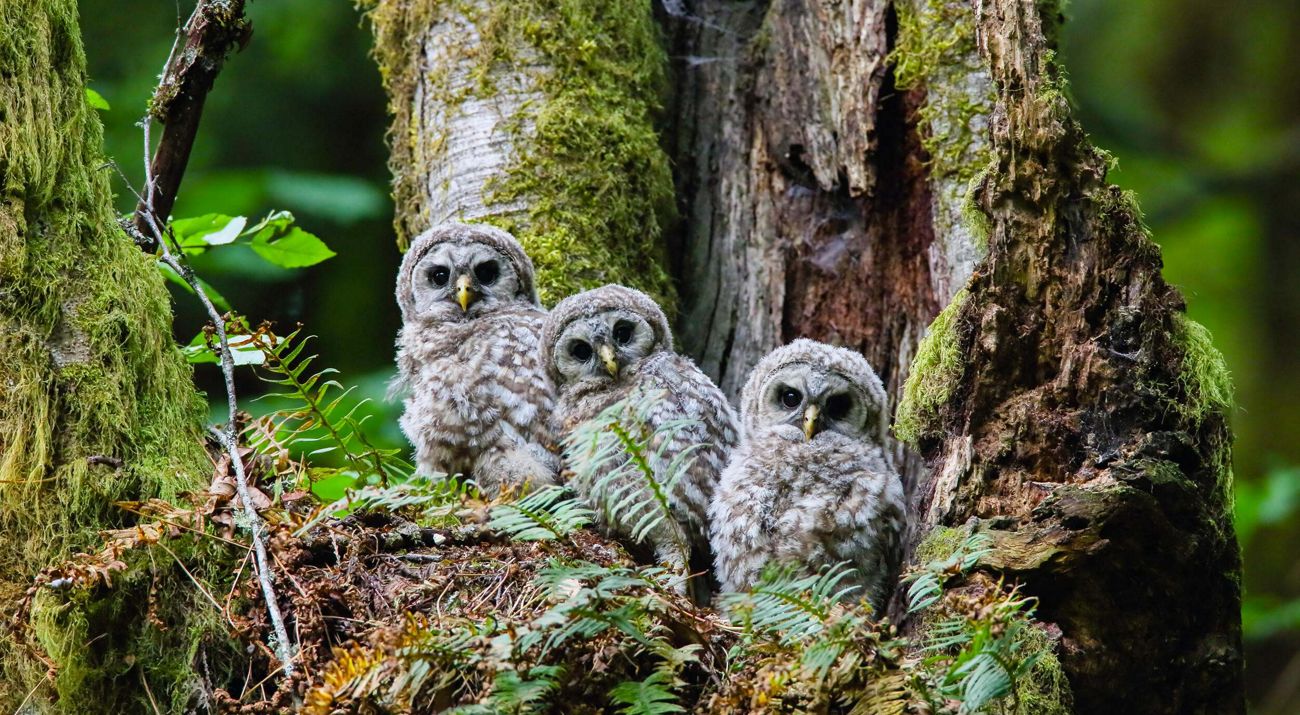Regional Conservation Strategy for the Greater Portland-Vancouver Region
Oregon, Washington
The Intertwine Alliance (a coalition of 150+ public, private and nonprofit organizations working to integrate nature more deeply into the Portland-Vancouver metropolitan region) worked for over two years to develop the Regional Conservation Strategy (with its supporting Biodiversity Guide for the Greater Portland-Vancouver Region) as a modern-day “owner’s manual” to guide the expansion, restoration and management of The Intertwine—the region’s network of parks, trails, natural areas and healthy watersheds.
The Regional Conservation Strategy addresses the urban and rural connections in almost 3,000 square miles on both sides of the Columbia River encompassing parts of Clackamas, Marion, Multnomah, Washington, and Yamhill counties in Oregon and Clark, Columbia, Cowlitz, and Skamania counties in Washington. It aims to build on existing conservation plans in Oregon and Washington. An Regional Conservation Strategy viewer was also developed to provide easy access to the data for those without GIS capacity in-house. or for those who just want to browse an area or obtain some quick summary statistics.
Year Published: 2012
State: Oregon, Washington
Landscape Context: Coastal, Inland
Housing Density: Urban, Suburban, Rural
Funding Type: Private
Habitat Focus: Forest, Planted/Cultivated
Organizations Involved:
Audubon Society of Portland, Clark County, Clean Water Services, Columbia Land Trust, East Multnomah Soil and Water Conservation District, Metro, National Park Service -- Rivers, Trails and Conservation Assistance Program, Oregon Department of Fish and Wildlife, Portland Parks & Recreation, The Nature Conservancy, The Wetlands Conservancy, Urban Greenspaces Institute, U.S. Fish & Wildlife Service, Washington Department of Fish and Wildlife
Values:
Open Space/Habitat, Recreation, Community Education, Climate Resilience, Working Land, Biodiversity
Stakeholder Involvement:
Stakeholders were fully integrated; Individuals and representatives from organizations and agencies large and small have participated in meetings and work groups over a two year-long period to create this document. A full list of participants is presented in Appendix A.
Planning Process:
A Regional Conservation Strategy Steering Committee and Geographical Information System (GIS) Technical Committee (see Appendix A for more on membership on these committees) determined the boundaries and diverse group of individual and organizations devleoped the regional conservation priorities and associated strategies over a two-year long period.
Desired Outcomes:
Protection of a diversity of habitat types, plants and animals across the urban and rural landscape; acquisition, restoration and management of habitat connectivity for fish and wildlife; and long-term protection of the ecological integrity of streams, wetlands, rivers and floodplains.
